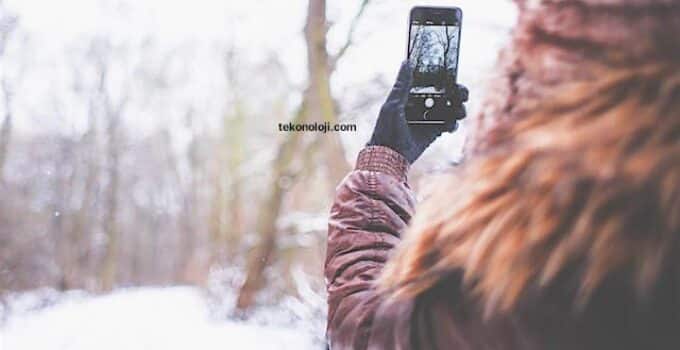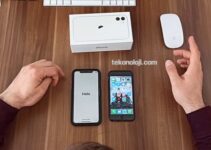iPhone turns off in the cold: why is this happening? With the onset of frosty weather, user complaints about the incorrect operation of iPhone smartphones have become more frequent. According to users, at sub-zero temperatures, mobile devices are discharged much faster than usual or even turn off unexpectedly. Why is that?
iPhone 14 Pro, the trick to enable the always on mode like in Android
Why does the iPhone slow down and turn off in the cold?
Problems with the operation of the iPhone at temperatures below zero are not far-fetched – the stronger the frost, the worse the communicator works. In the best case, the user will experience failures in the system, in the worst case, the device will signal a low battery and turn off. However, there is no reason to complain about the incorrect operation of the gadget – on the Apple website there is a message that the stability of the “apple” smartphones and tablets directly depends on the air temperature. It also expressly states that when the thermometer falls below zero degrees, malfunctions may occur in the devices.
Using your iPhone or iPad in low temperatures (below 0°C) may temporarily reduce battery life. As soon as the temperature returns to normal, the battery performance will return to its previous level.
However, despite the fact that at low temperatures the communicator signals a decrease in charge, it remains the same. The fact is that in the cold, the density of the electrolyte gel in the battery of the device changes, which affects the speed and quality of the gadget. At the same time, the battery controller detects the changes and recognizes them as low battery, followed by automatic shutdown of the smartphone.
Apple says the ideal operating temperature for iPhone and iPad is between 16 and 22°C.
Frost also affects the operation of touch displays. When the device freezes, the screen starts to “slow down” noticeably. Only AMOLED displays are not strictly dependent on external temperature.
Unlike Apple, which strictly regulated the ideal temperature range for working with its gadgets, falling outside of which the device could lose guaranteed service, competitors do not set similar rigid limits. So, the gadgets of a number of manufacturers work without failures even at temperatures below -10 ° C. But at the same time, one must understand that the limitations of the “apple” company are dictated not by flaws in the technologies used, but in the notorious desire to create ultra-thin smartphones and tablets. Reducing the thickness of devices affects their operation at low (below zero) or high (above +35 °C) temperatures.
Nevertheless, it is quite possible to avoid problems in using iPhone smartphones even in severe frosts. To do this, you need to understand that the device will not be able to work on the street for a long time, and therefore you should limit the time of interaction with it as much as possible. It is also advisable to carry the smartphone in the inner pocket of warm clothes or in a case. Even the simplest silicone case can significantly extend the life of the gadget. The best option would be to buy a thick felt case for the iPhone communicator, which will protect the device from the undesirable consequences of being in low temperatures.
It can also help extend the operating time of the “apple” communicator by running a resource-intensive program or game in the background, which will increase the temperature of the microchip and, consequently, affect the overall temperature of the gadget.
But what if the iPhone, after being in the cold, turned off? First of all, you need to remember that it is highly undesirable to dry it yourself and connect it to the charger. It is better to leave it in a warm room for 1-2 hours. During this time, the gel in the battery will return to its original state and the condensate will dry.
If there is an irresistible desire to recharge a frozen gadget without fail, then you should know that a sharp temperature drop can cause deformation and depressurization of the smartphone case and further ignition or explosion of the device due to the reaction of lithium and oxygen. Apple will not pay for the loss from such an incident, because, as already mentioned above, the company disclaims responsibility for the operation of the device if it was in conditions of low or high temperatures.
How to use iPhone in cold weather?
- Use a case – the iPhone will be more slowly supercooled;
- Keep your smartphone in a pocket that is closer to your body;
- Do not use the device in the cold for more than 5 minutes;
- Warm up the iPhone gradually – from a sharp temperature drop, condensation may form in the case;
- Do not charge your smartphone in sub-zero temperatures.



